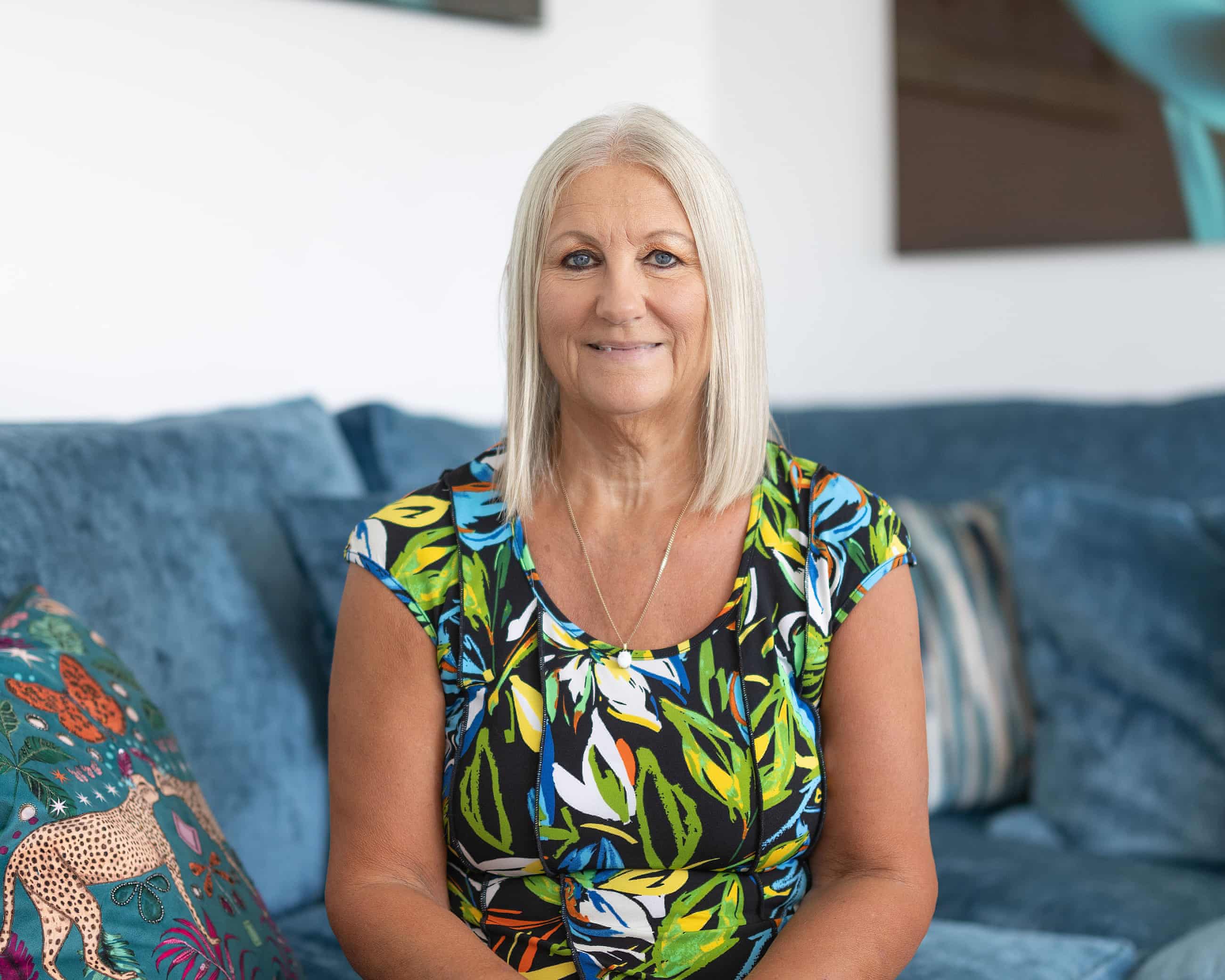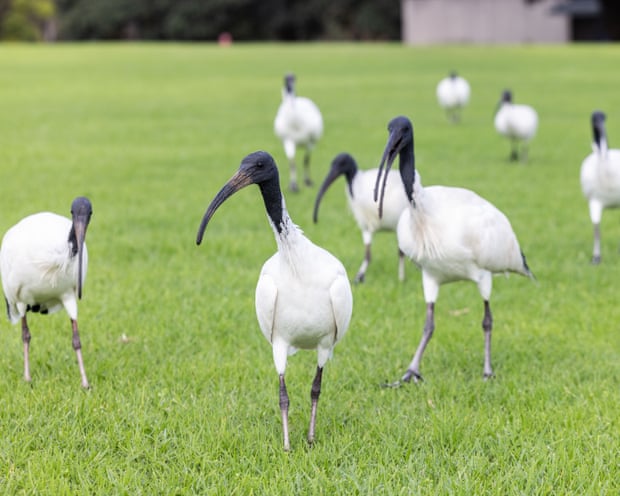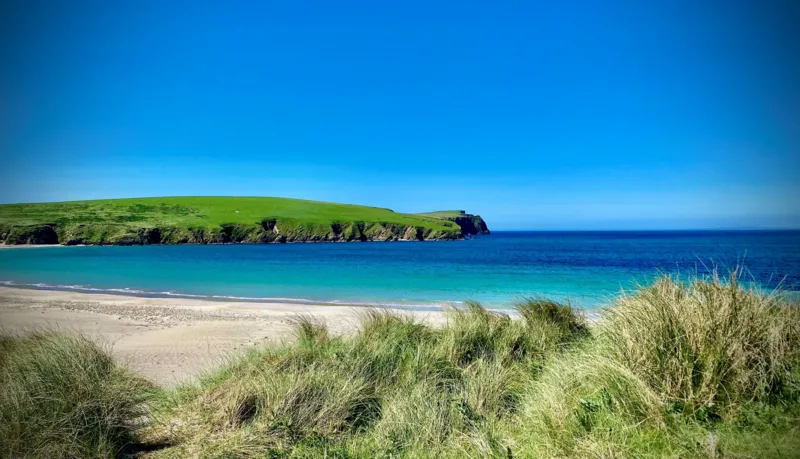‘Super corals’ and supplements: Inside the lab trying to save the Great Barrier Reef
This is what a healthy coral reef looks like: colorful, varied, and full of life. But in recent years, the Great Barrier Reef — the largest living structure on the planet — has been hit by a series of mass bleaching events, turning some areas white and leaving the corals at risk of dying.
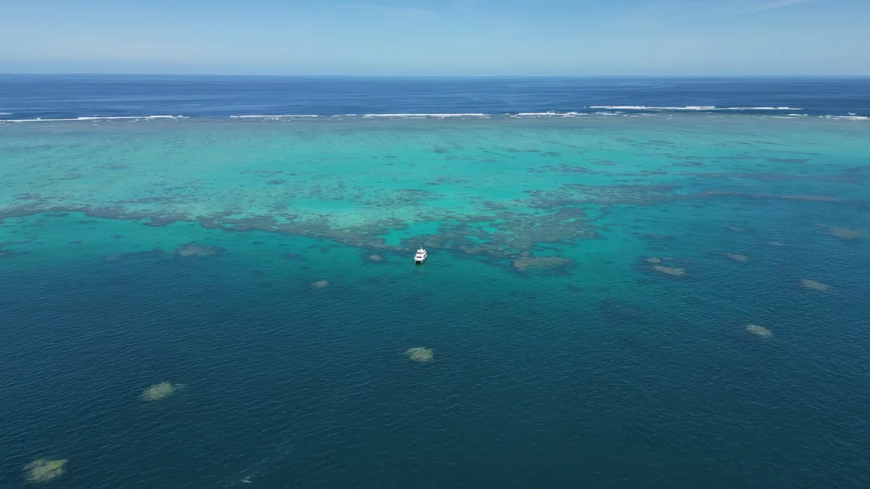
Australia’s iconic Great Barrier Reef is the largest living structure on the planet and home to a vast array of species. But in recent years it has been hit by a series of devastating mass bleaching events, turning the vibrant colors of parts of the reef a bright white.
Across the world, corals are suffering a similar fate, with more than 80% of the ocean’s reefs hit by an ongoing global bleaching event that began in 2023, due to record high marine temperatures. Bleaching can be deadly, as the corals are depleted of the algae that live inside them and act as a food source.
The effects can be catastrophic; while coral reefs occupy just 0.01% of the ocean floor, they support a quarter of all marine life, as well as providing people with food and livelihoods, and helping to reduce storm surge and protect against erosion.
At the UN Ocean Conference this month, 11 countries signed a pledge to protect climate-resilient reefs, and, separately, governments and partners pledged $25 million to a global fund for coral reefs.
Ultimately, if coral reefs are to be saved, efforts to curb ocean warming by reducing carbon emissions need to be stepped up, but scientists are also searching for other solutions to keep coral reefs alive in a warming world.
At the University of Technology Sydney, scientists from the Future Reefs team are searching for “super corals” — species that are naturally more resilient to environmental changes, such as high temperatures, acidity or low oxygen levels. One of the program’s goals is to identify these corals, discover what methods they are using to survive, and use them as a blueprint to support other corals in the harsher environments of the future.
“We have a focus on trying to understand reef resilience in a changing environment,” says Dr. Emma Camp, marine biologist and leader of the Future Reefs team. “How do we build coral resilience to survive the stresses they’re going to inevitably face? But also, how can we as humans use technology and science to support corals to make them more resilient?”
Searching for super corals
Camp first discovered “super coral” species growing in mangrove lagoons, which are naturally hot and acidic. Since then, she says the team has found up to 40 of these hardy species growing in different environments across the globe. Now, their focus is on finding them within the Great Barrier Reef.
“(We want) to identify coral species with greater heat tolerance, but that are still able to maintain other traits that are really critical: we want them to be fast growers, we want them to provide good habitat for other organisms living on the reef,” says Christine Roper, a postdoctoral researcher on the team.
During expeditions to the Great Barrier Reef, the team collects and analyzes specific coral species. They carry out real-time heat tolerance testing on the samples using a special phenotyping machine that helps to predict which coral has the best chance of survival as water temperatures rise. They also take fragments of coral back to the lab, where they can extract DNA and conduct more extensive tests.
Once they’ve identified a stress-tolerant species, the Coral Nurture Program — a project co-founded by Camp that works with local tourism operators and indigenous communities to replant corals at scale — propagates it on coral nurseries which they have established at different locations across the Great Barrier Reef, before “outplanting” them on the reef to help restore areas that have been affected by bleaching.
Since the program’s inception in 2018, over 125,000 corals have been outplanted across the Great Barrier Reef — off Cairns, Port Douglas and the Whitsundays — with a survival rate of 85%.
But restoring areas of the Great Barrier Reef is no easy task. It has almost 3,000 individual reefs and covers 344,400 square kilometers (133,000 square miles), and as of April 2024, as much as 60% of its reefs had recently been exposed to potential bleaching. The team is hopeful that areas where outplanting has taken place are already showing visible signs of recovery.
Other labs around the world are developing similar solutions, also with promising results. The Australian Institute of Marine Science (AIMS) has been using artificial selection and selective breeding to grow heat-tolerant corals, reporting that genetic interventions can work, but with varying success between species. The UK’s University of Newcastle has also selectively bred corals that it says can better survive marine heatwaves, although it is yet to conduct large-scale trials in the wild.
Studies have shown that traditional coral restoration efforts can be undone within a few years if there is a bleaching event, but by planting heat-resilient corals the Coral Nurture Program hopes the restoration will be able to withstand future events. “By focusing our efforts on identifying and increasing the abundance of heat-tolerant corals in the population, we optimize our efforts by ensuring those populations will be more resilient to future heat stress events,” says Roper.
Scaling up
The major challenge — be it with naturally or selectively bred corals — is how to scale up the process of planting, which is labor-intensive and costly, requiring people to dive down to the reef and plant the corals by hand.
That’s why the focus of the Coral Nurture Program has been to engage tourism operators and local communities. “We can build scale by having pockets of communities undertaking these actions,” says Camp.
It collaborates with seven tourism operators on the Great Barrier Reef, including Wavelength Reef Cruises, so that snorkelling trips to the reef paid for by tourists double up as outplanting expeditions. On these trips, members of the crew — who are all trained divers and marine biologists — outplant coral, tend to nurseries and conduct surveys of the area. The team at Wavelength helped to establish the program with Camp and has also been integral in operating coral nurseries along the reef and collecting data on coral health.
Even so, there is a limit to how much can be achieved just through outplanting tough coral species. The Future Reefs team is also exploring other solutions, including whether feeding corals different food or vitamins could change their heat tolerance.
Corals feed by extending tentacles out from their body to catch microscopic food particles. Past research has shown that feeding corals zooplankton — tiny animals that float near the surface of the water — after a bleaching event can help to boost resilience, as can growing corals on substrates infused with metal nutrients such as manganese and zinc. But such methods have not yet been tried on a large scale.
“Despite knowing a lot about corals, we know relatively little about coral nutrition,” says Camp. “This, to me, is an area where research and science can really help us advance restoration practice by understanding more about what the corals fundamentally need to survive through stress.”
Though in its early stages, the team back in the laboratory in Sydney has experimented with feeding corals foods such as microscopic brine shrimp fed with different types of algae, and adding certain metals or vitamins to the water that the corals will absorb.
The goal is to develop a supplement that could give corals extra nutrients when stressed, helping them survive or recover from mass bleaching events.
“It’s like us as humans: when we are run down, we might take a supplement to give us a boost. It’s the same with the corals,” says Camp, adding that this kind of solution would potentially be easy to scale and apply to reefs globally.
“It’s these sorts of new ideas that we have to explore, and nothing can be off the table, because if we don’t do something, the end result is going to be a loss of reefs around the world,” she says.
While hopeful that scientific innovation and scalable solutions can provide some sort of stopgap for coral reefs, Camp warns that protecting them long-term comes down to tackling the cause of mass coral bleaching, which means reducing greenhouse gas emissions and mitigating global warming.
“There’s only so much we can do to buy time for the reef,” she says. “We have to tackle climate change, because if the temperatures keep increasing, we’re going to be asking too much of the corals to survive through the environment that they’re being faced with.”
(Source: CNN)



















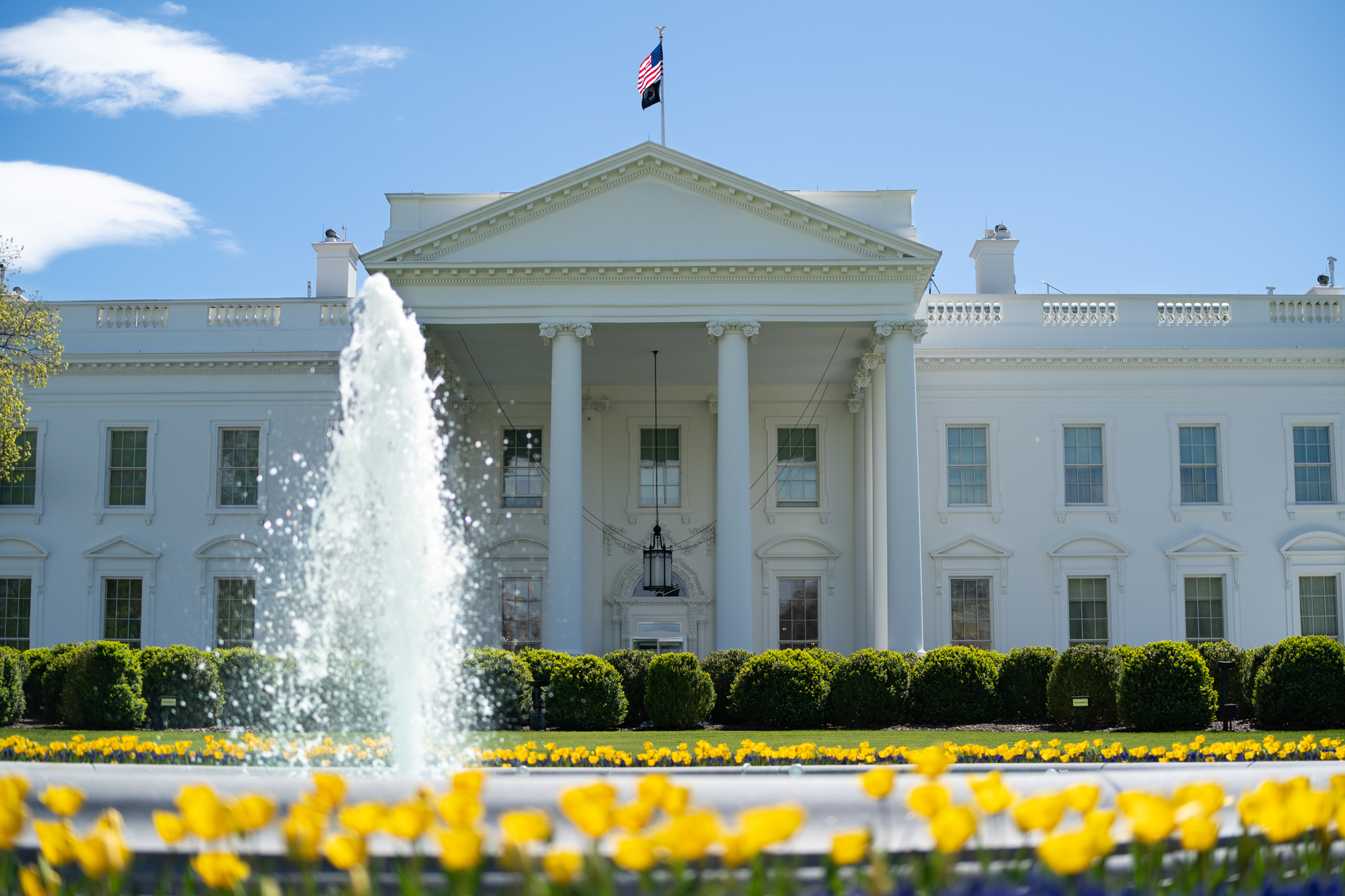
/file/attachments/orphans/1000146612_845134.jpg)

























